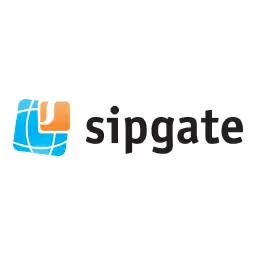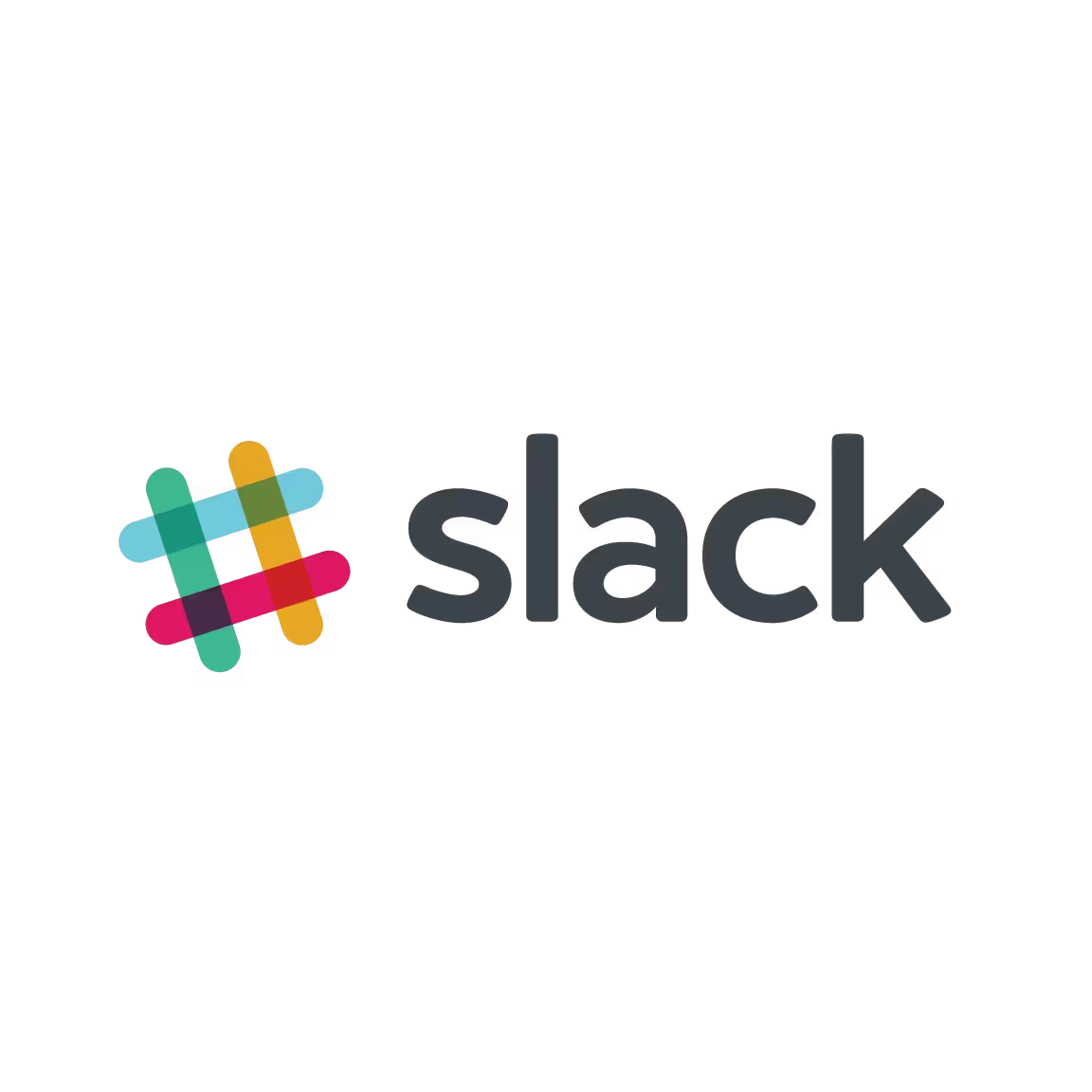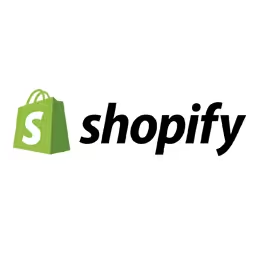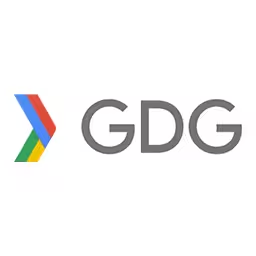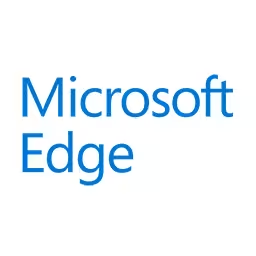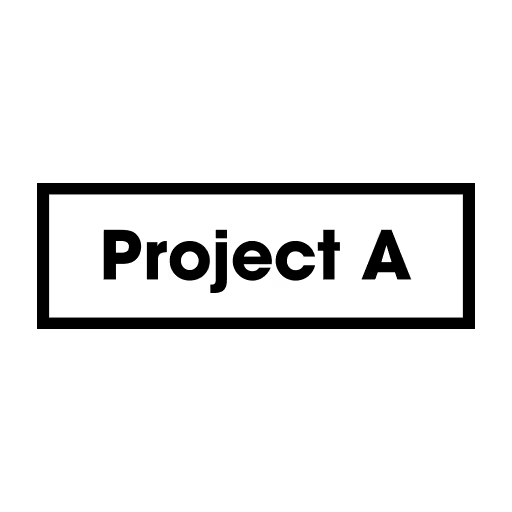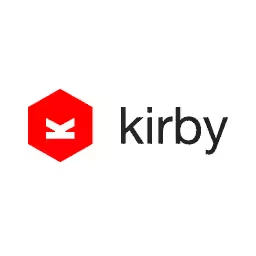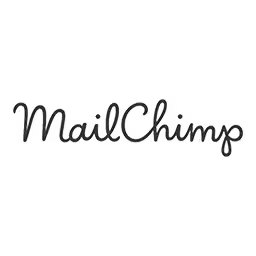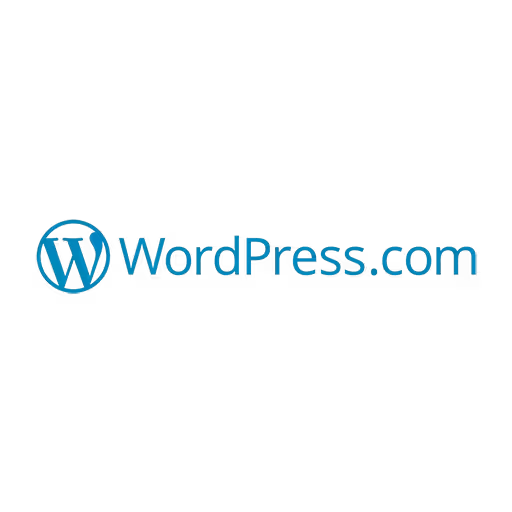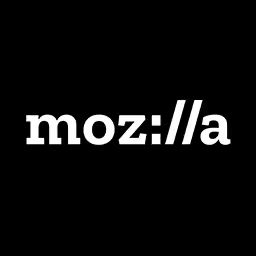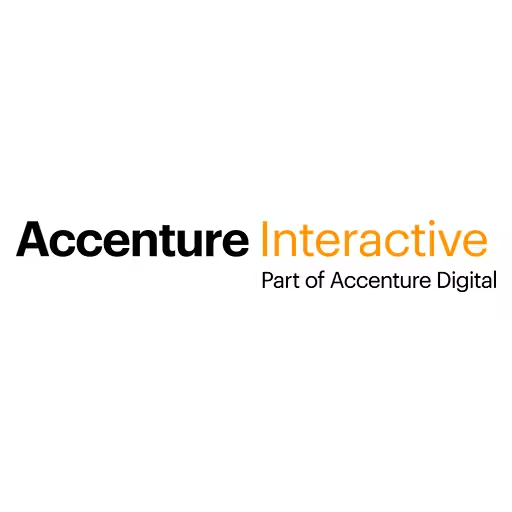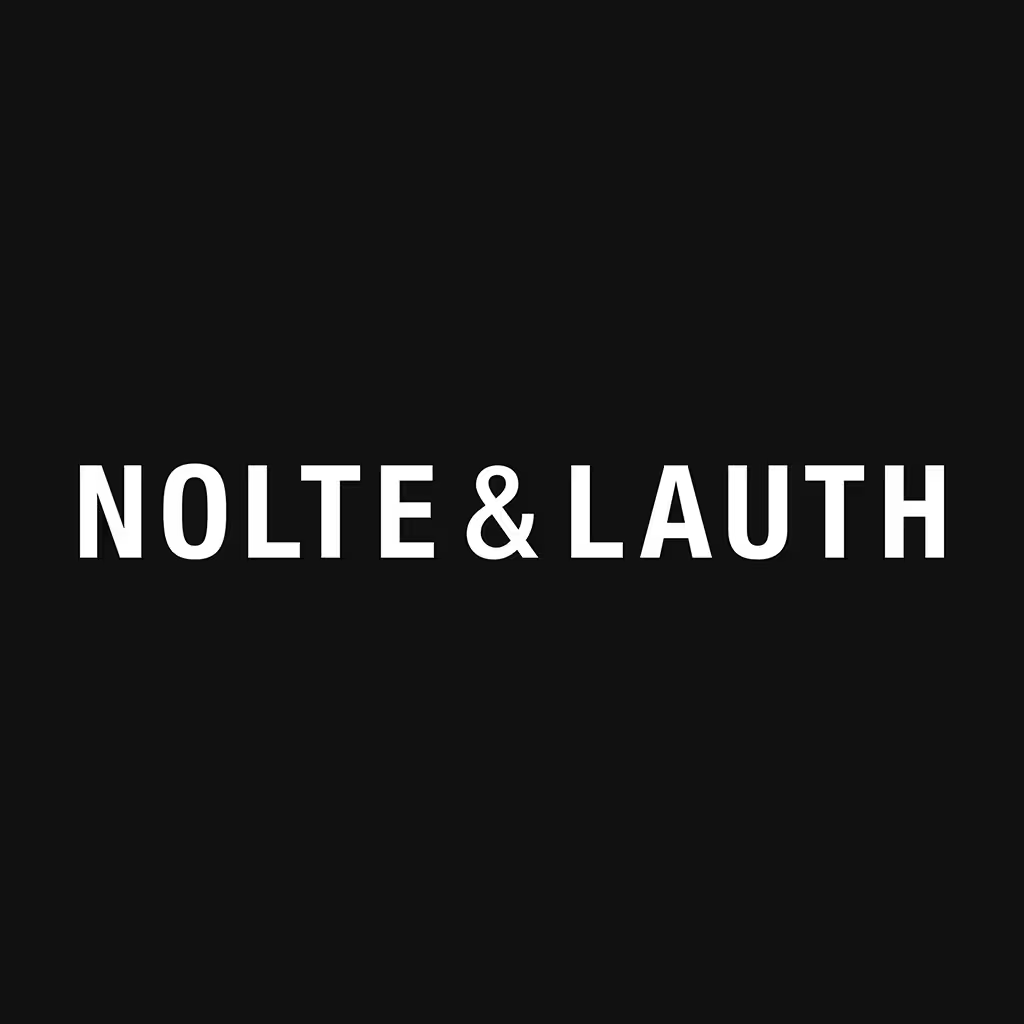Pip Jamieson
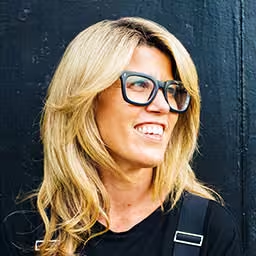
Pip Jamieson is the Founder & CEO of The Dots a LinkedIn challenger designed around the networking needs of 'No Collar' workers – including creators, freelancers and millennials. Born out of a genuine passion to make the creative industries more productive, open and diverse, Pip launched the platform in the UK in 2014. An entrepreneur with a distinctive marmite laugh (you either love it or you hate it) Pip is on a mission to connect 1 million creators and freelancers to commercial opportunities by 2018. Pip lives on a houseboat with her husband in Kings Cross, London.
Talk: Creative ambition - It may not be easy, but it will be worth it!
Named by Creative Review as one of the Top 50 Creative Leaders (2017) & by The Sunday Times as one of the Top 100 Disruptive Entrepreneurs innovating in their respective fields (2017) Pip Jamieson, Founder of creative community The Dots (www.the-dots.com) will give a very honest account of the highs, lows and burn-out points that have gone into making The Dots are reality. From quitting her dream job at MTV, sinking her life savings into co-founding her first creative business in Australia - which she grew into the leading professional networking platform for creatives in the region - to exit and then launching The Dots in the UK.
An entrepreneur with a distinctive marmite laugh (you either love it or hate it) Pip will give a very honest account of the 10 invaluable lessons she's learnt along the way.
Transcription
[Music]
Pip Jamieson: Before I start, I actually want to say a massive thank you to Marc. The reason being is, when we arrived here as speakers, Marc actually wrote, literally wrote, personally wrote letters to all of us when we arrived. It goes to show what heart and love you put into this conference. You do this primarily on your own with amazing support on the day and stuff, but can we give Marc the biggest round of applause?
[Applause]
Pip: I guess what I’m going to talk about is, I’m going to give you a bit of an overview of what The Dots is, but I’m going to more give you what I like to call my Warts and All story, like the highs and lows and, I guess, the burnout points that have gone in to making this platform a reality, and then the really hard things, things I’ve kind of learned the hard way.
Before I do, can you raise your hand if you’re a designer in the room? Okay. Amazing.
Can you raise your hand if you're a coder in the room? Okay.
Can you raise your hand if you’re a coder and a designer? Unicorns everywhere!
Audience: [Laughter]
Pip: Okay. Amazing! Can you raise your hand if you either work at a startup, thinking of starting a startup, or run a startup right now? Okay. Amazing.
I’ll give you a bit of an overview of what The Dots is. I’m going to make you raise your hands one more time, but I’m just trying to wake everyone up. [Laughter]
Can you raise your hands if you're hungover? Oh, my God! You’re so honest, and I love you. [Laughter]
Audience: [Laughter]
Pip: Can you raise your hands if you have a profile on LinkedIn? Okay.
Can you put your hands back down again?
Can you raise your hand if you absolutely love LinkedIn?
Audience: [Laughter]
Pip: Whoa! [Laughter] Okay. Come talk to me later. [Laughter]
Forbes very kindly asked, “Are we the next LinkedIn?” I guess the reason they ask that is we look after a future workforce that we like to call No Collar professionals. There are around 80 million No Collar professionals in Europe and America, and they don’t have a professional networking place online.
What do I mean by No Collar professionals? Well, this is really everyone in the room. This is people that create stuff.
My journey kind of started because I used to work at MTV, and I just realized there wasn’t a professional hub online that was designed around me and my friends. I guess the massive problem is LinkedIn has done a brilliant job of looking after that really traditional, linear workforce. It’s an old platform now, in many ways, when you think about Social Media.
Don’t get me wrong. They sold to Microsoft for $21 billion last year, which is mental. It’s not like they’ve done a bad job. The problem is, there is this new way of working, which is much more fluid that is emerging that is just not being catered for by LinkedIn.
I guess the trends I started noticing when I was at MTV is, me and my friends were working in a really different way than that kind of traditional, white collar way of working. Traditionally, everyone would be on a job ladder, so you’d spend, like, 5, 10, or 15 years in one job, and then you’d go to the next business. The way me and my friends were working, we were working on a more project-by-project basis, and so obviously there’s the massive rise of freelancing.
Who in the room are freelancers? Okay. A good splattering.
Also, there’s a huge rise of what people are calling portfolio careers, so this is where you’re working, say, three days one place, but then you’ve got your own side project on the side. Actually, in the U.S. right now, 43% of 25- to 35-year-olds have more than one job. Even if people are going into jobs, it is more on a project-by-project basis as opposed to kind of that really process driven, managerial roles you have in the traditional workforce.
The other big difference I saw between that traditional community and the community that I was surrounded with at MTV was that our skill set was, like, grounded in creativity. I use creativity in its broadest sense. We were coming up with ideas and trying to build teams around us to execute on those ideas. I was like, there’s got to be a better way, and so we created The Dots. I guess it’s completely built around this more fluid type of workforce.
The way LinkedIn works, it’s built around your traditional kind of CV, which is a very linear experience. The way The Dots performs is people post projects on the site, but then tag the full teams around those projects. For example, someone will put up and say, “Right, this was the UI designer. This is the UX designer. This is the growth hacker. This is the front-end engineering. This is the back-end engineer.” The site works like a living wiki of creative projects and the people and teams behind it. From that data layer, we can make really good recommendations on who people should meet and who people should connect with. It’s kind of magic watching the whole thing kind of evolve.
What I’m passionate about is helping everyone get credit for the work they do because a lot of times with rewards, it’s usually the top five people who created a project who gets the credit. For me, it’s about everyone getting credit for the work that they do. If people are going to invest in us, something that I’m really passionate about is ensuring that that also leads to something that’s going to benefit their career. We’re just over two years old in the U.K., now, but we’re working with over 6,000 brands that use us to connect with talent, everyone from Google to Facebook, Spotify, Net-a-Porter, [and] art companies like the Tate.
At the core of everything we do is diversity. I’m a sole female founder, tech founder. We are rarer than hen’s teeth, and hens don’t have teeth, by the way, for everyone who doesn’t know that.
What I’m passionate about is ensuring that there is access to amazing and diverse talent. The reason being is, if we are all the same, our creative output is stale. I experienced this firsthand at MTV where we were just hiring mates and mates and mates. But if we all have the same experiences, come from the same backgrounds, have the same brains, everything we produce is going to be stale.
On The Dots, we’re currently 61% female. Men, I do love you, by the way. It’s funny. I got a bit of shit for this on Twitter recently because someone said that’s not very diverse. The honest truth is, LinkedIn actually skews the other way. So, if we’re readdressing the balance and making it easier for companies to connect with brilliant, diverse talent, then that’s what I’m passionate about.
I don’t know about you, but when I sat in the auditorium yesterday and I heard Joshua talk about how his experience with Tailor Swift and how women are perceived differently from men, I swear to God I nearly ran across the stage and hugged him. [Laughter]
This is a personal callout to every man in this room. We need more men who give a shit about diversity. The reason being--
Audience: [Laughter]
Pip: --is because of this asshole. If we want to live in a world that is created by the likes of Trump, then we should stop caring about diversity. But, I think none of us wants to live in a Trump land. And so, please, anyone, any man in this room who is a passionate diversity advocate, please come and see me because, one, I’ll give you a huge; and, two, I just know loads of networks that you can help in.
Why am I so passionate about this space? I guess the robots are coming, and we are entering a massive age of automation. We are going to see huge disruption of already blue collar working. White collar working is not safe at all.
Has anyone been on the BBC website where you can put in your job title and it will tell you how quickly you’re going to be automated?
Audience: [Laughter]
Pip: It’s so good. Go on there. By the way, everyone in this room is safe, for a while anyway.
I’m really passionate about this space because there are three things that machines don’t do well yet. They don’t have empathy and understand empathy, they don’t have common sense, and they can’t mimic the human capability to be creative. I use creativity in its broadest sense. These are people coming up with ideas and building teams around them to execute on those ideas. That’s the community we look after, and that’s why I’m so excited about this space. It means my community’s jobs are safe for the next 5, 10, 15 years. I will say, though, there might not be enough jobs to go around, and so it is our responsibility as creatives to work out solutions for the people that get left behind.
I guess that’s why Forbes called us the next LinkedIn, but I wanted to give you a bit of a background of my journey that’s gone into starting this platform: the highs, the lows, the things I’ve completed fucked up, and then a few learnings I’ve learnt along the way.
I started -- my dad was a creative, and so there was always an expectation that I would go into the creative industries. My way of being a rebel is I studied math and economics at university.
Audience: [Laughter]
Pip: [Laughter] I wanted to prove I could activate that side of my brain. Out of university, I was really lucky to be headhunted by the forestry in British Government, and my first succumbent was working for this amazing man. He’s a politician in the U.K. called David Blunkett. He was amazing not only because he had a really great moral compass and incredibly intelligent, but he was also blind. That blindness and that disability never affected his performance. I learned a really valuable lesson that disabilities can actually be a superpower.
Saying that, I went into government with aspirations to change the world [laughter] and realized that would never fucking happen. So, I jumped ship, and I did join the creative industries. I started working for the Brit Awards in London and then primarily for Viacom, MTV, and Nickelodeon.
As I said, it was while I was at MTV that I came up with the idea for the platform. I actually started the first iteration of The Dots around six years ago. It was the baby sister. It was called The Loop, and I started it with this amazing man called Matt Fayle. Matt and I both used to work at MTV. We lived off Skype. This was before startups were really even a thing. We had no idea what we were doing. Matt was a surfer, so every morning I’d wake up, and I’d see a half-naked man. He did promise me he had clothes underneath, but I will never know.
[Laughter]
Pip: We literally just started trying to work out how we were going to build this. There were no tools at the time. There was nothing like InVision. There were no prototyping tools. We were kind of just flying by the seat of our pants.
This is my happy/sad graph. This is my journey that has gone into making The Dots a reality. Everything in the top quadrant is when I’m on cloud nine. I’m going to take over the world. It’s absolutely amazing. Everything in the bottom quadrant is when I’m crying on my husband’s shoulder, “What the hell am I doing? I want a full-time job.”
Audience: [Laughter]
Pip: The reality of what happened in Australia, we went through literally just brainstorming the whole idea down at the pub. Then Matt and I decided to quit our jobs at MTV, and we sunk everything we’d made at MTV into starting the business. Just so you know, MTV doesn’t pay very well. They tended to pay us in Jagermeister, so we started it on a complete bootstrap, started working from home, and building the platform from scratch. I lived off tuna for a whole year in Australia because I couldn’t afford anything else. I now hate tuna. I can’t eat tuna. [Laughter]
We started building out the platform. What was great is, we had really great growth from the beginning. We actually had a working business model, so we started to make money. To an outsider’s perspective, it was like this great, easy journey.
The reality of what I’ve been through to start this business is actually this. This is the startup roller coaster ride. This is actually the roller coaster ride of anyone who has ever had an ambitious idea, an ambitious project, or has gone into an ambitious career.
I must admit I have been the happiest I’ve ever been, and I have been the saddest I’ve ever been as well. I won’t go through all of the highs and lows, but there were magic moments like when we hit profitability in Australia, the moment we were doing over a third of LinkedIn’s traffic. However, there’s been some really shit times as well. I’ve nearly run out of money three times. One of the times, which is the first time I ever raised investment.
Has anyone in this room raised investment? Oh, my God. It’s hell, isn’t it? Yeah. There we got. Nods.
The first time I ever raised investment, I had no idea what I was doing, and we only left two months to raise investment. I think, gosh, we had about 1,000 dollars in our bank account, which is about 500 euros. We met this investor. Has anyone been to Sydney Harbour in Sydney, Australia? Okay. Amazing.
In Sydney, on the harbour, there are these big banking buildings, really tall high-rises. We went up, and we pitched to these bankers. We sat down at this table, and it was looking out over the harbour.
The guy wouldn’t sit down at the table, and me and Matt are looking at each other going, like, “What? What’s he doing?” And so we said, “Are you going to come and sit down?” He goes, “No, I can’t sit down because I have to look at the water because money flows from the water.”
[Laughter]
Pip: Everything I’d ever thought about bankers came completely true.
[Laughter]
Pip: Halfway through this meeting, and bearing in mind we’ve got very little cash left, halfway through this meeting he slammed down his checkbook. He said, “Right. I’m investing.” Me and Matt sort of went, “Okay,” and we went downstairs to a coffee shop. We started chatting, and we kind of realized if we took money from this man who we didn’t trust and didn’t particularly like, we would not enjoy the journey and we would probably fail.
[It] was one of the hardest decisions we’ve ever made. We decided to not take that man’s money. I re-mortgaged my tiny studio apartment. Matt borrowed a bit of money from his parents, and his parents were retired, so they had no money. We bought ourselves two more months, and we managed to then raise investment from some really good people.
The moral of all of that was: If you are ever taking on investment, it’s like going into a marriage, but without the benefit of make-up sex. So, be really, really careful about who you take money from.
I won’t go through the other highs and lows but can you see this kind of crazy low bit down here [laughter], the one that’s coming off the bottom? We were doing really well in Austria, The Loop. Over 64% of the entire creative industries were actively using the site. We had over 11,000 clients, and we were profitable.
I relocated to London to start The Loop in London. I was basically going around town convincing all these people to kind of support us for launch. During this time, my business partner got married, had a baby, and he basically decided he didn’t want to risk the money that we’d made in Australia on expanding internationally.
A very long story short, I had to sell my business in Australia. Everything I made from that sale, I reinvested to starting the business again from scratch in London. Half of my team in Australia relocated to London to help me start up again, and I literally went from startup to scale-up back to start-up again.
My husband recently asked me how much money was left in our Australian bank account, and I’m too scared to tell him [laughter] because I think he’d divorce me because there’s nothing left. Basically, I’ve spent everything restarting again, but it was the most and the best thing I’ve ever done. We’ve been kind of scaling ever since. Yeah, start-up to scale-up back to start-up again.
I started The Dots here. This is Horace, my houseboat. I actually got six of us on this boat before it got a proper health and safety issue. I’ve dropped three phones in the canal. One of my team has fallen in the canal.
[Laughter]
Pip: But it was a lovely place to start. We’ve got three wi-fi lines that go in there. That’s my little rowboat, Little Horace, so whenever I’m having creative block, I go for a row.
I guess I wanted to share with you some of the learnings I’ve learnt along the way, not just for people in the room who are starting businesses, but for anyone who has a huge ambition. I think the first thing I learnt is it’s hard and there are some really low times. The way I’ve got through the kind of low times is to passionately love what I’m doing.
This is my second business, and I’ve been doing this for six years. I’ve seen so many businesses over the years fail not because they don’t have a great team or a great idea, but because they don’t believe in what they’re creating. Unless you believe in what you are doing, you can’t get people around you that also believe in it.
The other thing I’ve learnt is you have to have a very supportive partner. I’m a complete workaholic. I work six days a week. Sunday, I put my airplane mode.
This is my incredible husband, Howard. He doesn’t work with us, but I gave him business cards that say Head of Special Projects. He loves them. He hands them out everywhere.
What does that mean? It means he gets to play Santa at our Christmas party. I’m the only one that’s allowed to kiss Santa, obviously.
What has been incredible about Howard being so supportive is I work a lot, and I’m also really, really badly dyslexic, and so I have real problems with written language. Howard actually proofs all my major shareholder communications, and he’s just been that rock. Saying that, if you’re single in the room, that is bloody brilliant. Being single on this journey is a really good place to be. [Laughter]
I guess it’s all about the team. Paula said this yesterday. Surround yourself with super smart people. She’s completely, completely right.
With my team, a lot of them worked with me in my previous business, relocated over, and having that kind of support network. Someone said something really brilliant to me once. They said, “You are the average of the five people you hang out with most.” I think that’s really important to bear in mind that if you want to have a life that’s amazing or a career that’s amazing, make sure you surround yourself with super, super smart and brilliant people.
The other thing I’ve realized is these kind of journeys can be really grueling, and so we hire for values. One of our core values at The Dots is positivity. I don’t mean positivity for positivity sake. I’m not looking for yes-people to work with. I really want people to challenge me. But, I’m looking for people that focus on solutions, not problems.
It’s really easy to whinge about something. It’s really easy to find the problems. What is much harder is to find solutions to those problems, and so that’s at the heart of everything I hire for. It makes for this really brilliant dynamic environment because everything goes wrong when you’re trying to do something ambitious. We fuck up -- sorry; I keep doing it. We muck up all the time, but I’m surrounded by people who passionately believe in what we’re doing and also really just want to fix it when things go wrong.
At the core of all of that is diverse teams. As I said, I experienced first hand at MTV what happens when you don’t hire diverse teams. There is so much evidence now that diversity leads to great, creative outcomes. I think Steve Jobs puts it best that creativity is all about connecting the dots. If we all have exactly the same experiences and the same sort of brains, we are not going to come up with great, innovative solutions.
I’ll give you an example. We did a load of research on how women use our platform and how men use our platform. What we found is, for example, when it comes to search men, on average--and there are always exceptions--prefer free text search, and women, on average, prefer to be signposted through dropdowns. Again, it’s averages. There are exceptions either way.
What was interesting about that is, at the time, my engineering team was around 60% male, 40% female, and they were subconsciously building a product that was more masculine. However, most of my clients are women, and so this whole thing, the reason diversity is so important is because you end up subconsciously building something for yourself and not for your users.
I’m actually as guilty of bias. The other day, I was helping put together a newsletter to go out to our community. I sent it to my product manager. The only people I featured in the newsletter were women. He was like, “What are you doing?” I’m like, “Shit! I am subconsciously biased,” so we all have biases. That’s why it’s so important to have diverse teams around you. Unless you ingrain that from the beginning, it’s really hard to change later on.
When I’m talking about diversity, I’m not just talking about gender or ethnicity, or sexuality. It’s also about different brilliant types of brains as well. I’m desperately dyslexic. Who is dyslexic in this room? Anyone? Okay.
In my email signature, I have this email signature that says, “Delightfully dyslexic. Excuse typos,” because it forgives every sin I ever send. Feel free to steal that if you are dyslexic.
Different types of brains also lead to brilliant solutions. It wasn’t until recently I realized that dyslexia was kind of my superpower because I was able to connect the dots better. Sorry. Can’t help myself.
I also found out that 40% of self-made millionaires are dyslexic, which is mental. Richard Branson [is] dyslexic. Anita Roddick, who started The Body Shop, [is] dyslexic. And this is my favorite one; Einstein is dyslexic. I can’t memorize my phone number. It’s really weird. I found out neither could Einstein. He used to have his phone number written in the drawer and, if anyone asked it, he went over to the drawer and got it. Mental.
Diversity, for me, is the core of building a brilliant team, but there is also a lot of research on the best kind of composition for a team. If you bring a team together and they’re all crazy new and no one has worked together, there is complete chaos. But if you start injecting in new people, that’s where innovation happens. There’s actually an algorithm for the perfect amount of new people in a team and consistent people in a team, so it’s really worth bearing in mind.
Another thing is, once you have the team, how do you kind of manage the team? Who in this room knows OKRs? Okay. Great.
Who in this room works off KPIs? Okay.
For me, KPIs are the death of innovation. The reason being is, KPIs are meant to be achievable. The problem with that; if you’re trying to do something different and something that’s scalable, if you’ve just got something that’s improving very linearly, you’re never going to achieve great results.
I love OKRs because they align the vision of a business with what you do day-to-day. They were made famous by Google, but actually invented by Intel. For example, with us, we have the most crazy objectives for our business, but it has meant that, on a day-to-day basis, we’re always shooting for the stars. Someone once said to me, “If you shoot for the stars, at least you’ll land on the moon.” But my favorite one is actually, “Don’t taste the quaffle if you can’t the snitch,” and that’s what OKR is all about. It’s basically about going for gold.
The other thing we do in our business to kind of breed innovation is, we have internal pitch days. It’s a bit like Dragon’s Den, but for the whole team. What I was finding is that when you have this amazing team who are constantly having brilliant ideas, sometimes you can just lose half an hour in the day just discussing one idea to the next idea. The next day that idea can seem absolutely rubbish.
What we started doing is now, every quarter, the team collects all their brilliant ideas. Then they get to pitch two to the whole team. They get five minutes to pitch, and then we spend the next five minutes asking questions. Then at the end of the session, we do an effort impact graph. It means that what’s lovely about doing internal pitch days is that everyone on the team gets buy-in to what we build. Sometimes the best ideas for The Dots have actually come from the most junior staff because they’re on the co-face of what our community wants, and it’s just been this magic way to kind of manage ideas.
Burnout. Who in here is burnt out? Who is going to be honest enough to say they’ve actually burnt out? I’ve burnt out. Okay. Amazing. [Laughter] Love the honesty.
Do you know what’s the most scary thing about our industry sometimes? It seems like a bit of a badge of honor to work all hours, work late nights, [and] just really push yourself. The problem with that is it actually doesn’t necessarily equate to better work.
This is my favorite graph that illustrates this. On the left-hand side is your performance. This is your performance per hour, your performance per day, or how much you’re getting out of every day. This bottom axis is arousal. It’s kind of probably the wrong word, but [laughter] what I mean by that is how much you’re learning, and how many late nights you’re working, if you’re working Sundays, [and] if you’re getting holidays.
When you’re literally not learning or when you’re not taking on new tasks, you’re really bored, so your performance per hour is actually really low. As you start taking on new tasks, you start learning new things, and you start working later, your performance per hour increases. Then you get into the flow state, which is up there, which is when someone says, “If you need something done, give it to a busy person.” This is when you’re absolutely flying. You’re smashing through tasks.
The huge problem is, if you start pushing yourself too hard, if you’ll work too many late nights, if you’re not taking holidays, your performance per hour will start to drop. What will be happening is you might be working six days a week, but you’re only getting four days out of yourself. Everyone has got to be really aware when they start hitting the point, and you will know when you’re starting to hit burnout when you start getting a cold or tired. It’s really important to look at the people around you to see if they’re getting that kind of crazy eye thing, which means they’re probably getting to burnout.
The other thing we do a lot at The Dots is celebrate the wins. I found that we kept flying from task to task to task, and we never were celebrating what we were actually achieving. We now have what we call a glory wall at work. Sorry; the name stuck. [Laughter]
It’s basically a place where, every couple of months, the team sticks up memories. It can be anything from a kabob shop around the corner, from a lovely message from one of our community, a client that we’ve signed up. My favorite bit is one of my mentors at Google that said, “Just don’t fuck it up.”
Sorry. I keep saying “fuck.” Marc, I’m so sorry. Where are you? Anyway. [Laughter]
For me, also, the one thing I’ve realized is I don’t know anything. I’m constantly, constantly learning. I think they’ve actually said one of the skills of the future is being able to continuously learn because we don’t actually know what’s going to happen. But, if we can keep learning, we’re going to stay ahead of the eight-ball.
I’m really badly dyslexic, so I can’t read physical books, so I listen to audio books. I walk to work every day, or I cycle to work with a speaker on the front listening to books. Always “work” books in the morning; always really trashy novels in the evening.
What I’ve learned is I could read loads of books just about what I do, but actually the most insightful books I read are the ones that have nothing really to do with what I do, and that’s where most of my creativity comes from. I’ve been really fascinated in what makes people happy. A Year of Living Danishly is brilliant. I’m also fascinated with the future of work, so The Rise of the Robots is brilliant. Obviously, I’m a complete feminist, so for any women in the room, A History of Britain in 21 Women is incredible partly because, when I was at school, I never learned about these women, so it was amazing to learn about them. Then I love Lean In by Sheryl Sandberg, which lots of people don’t enjoy, but I did.
What’s the whole point of all of this? It’s been really tough doing this journey, and it’s been really tough building this product. I have learnt that when I’m down at that low bit, when I’m kind of in the peak, the trough, that’s when I actually learn the most. It’s also been the most amazing, rewarding, brilliant thing to build your own product, build a team around you that you love and is like a family, and actually see it come to life.
We’re over a quarter of a million members in the U.K. We’ve got 6,000 brands that are using us. It’s kind of mental watching that come to life.
Does everyone know who this is? This is Seth Godin. He explained starting an ambitious product is a bit like those balloons you had when you were a kid, the ones that were really long. You know when you’re just puffing? You know when you’re puffing and puffing, and that balloon won’t inflate. Then slowly the balloon starts inflating more and more and more. That’s what I felt this product is like. It gets easier and easier the more I push and the more persistent I am.
I guess my whole take out from this talk is, I’m not telling you it’s going to be easy, but I am telling you it’s going to be worth it. That’s it.
Audience: [Applause]
Pip: [Laughter]
